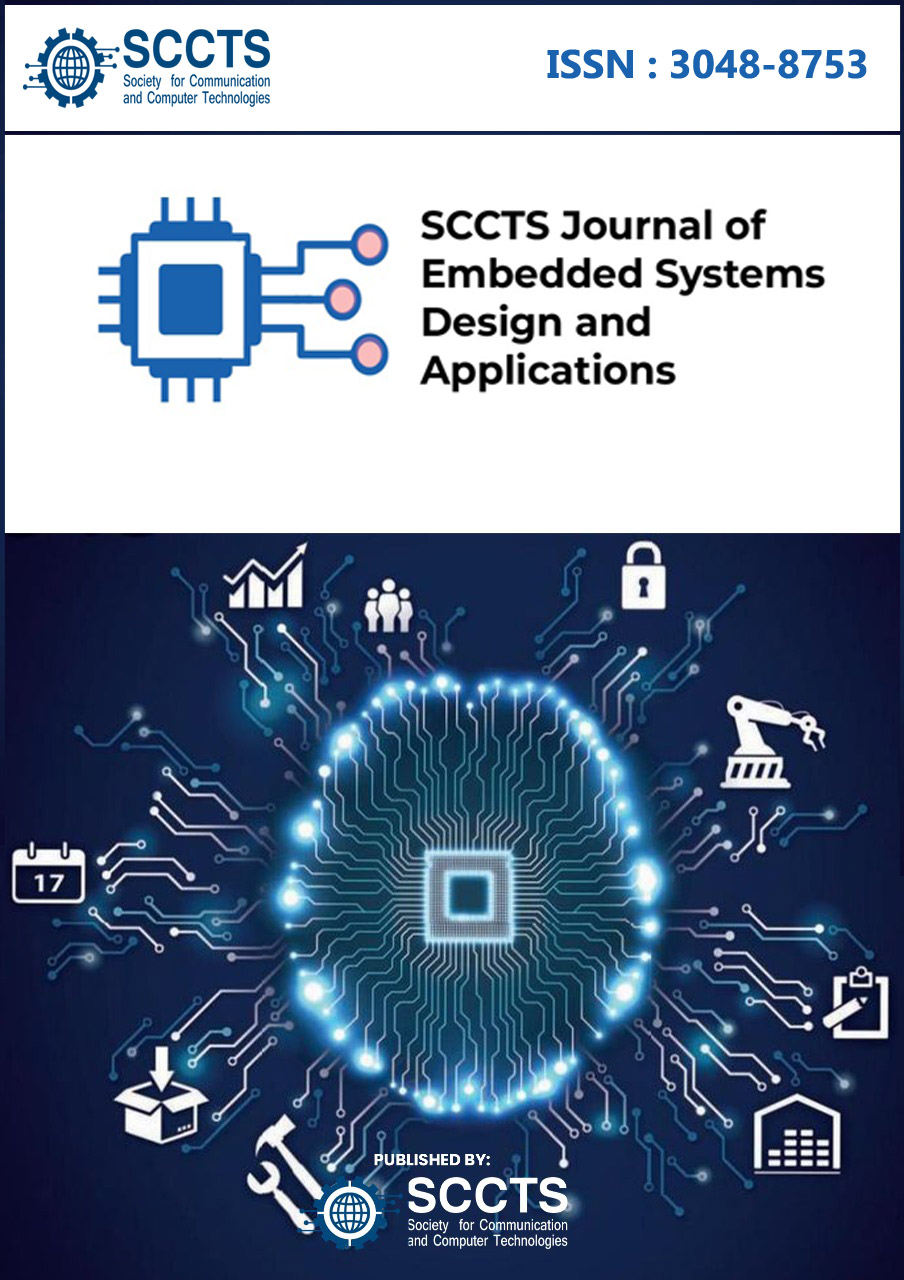Lightweight Authentication Protocols for Secure Embedded Communication in LPWAN
DOI:
https://doi.org/10.31838/ESA/03.01.07Keywords:
LPWAN, Lightweight Authentication, LoRaWAN, Secure Embedded Communication, ECC, IoT Security, Low-Power DevicesAbstract
Low-Power Wide Area Networks (LPWANs) have become an essential communication infrastructure enabler of embedded devices with limited resources in use-cases including Industrial Internet of Things (IIoT), precision agriculture, environmental monitoring, and smart cities. Although they are energy-efficient and offer long-range communication services, the LPWANs have fundamental security shortcomings that arise out of the nature of restrictive end devices, which are usually powered over a microcontroller, with limited processing, storage, and energy consumption limits. The conventional authentication techniques like the Transport Layer Security (TLS) or the Internet Protocol Security (IPsec) cannot be used in these cases due to the overhead they add in terms of computational resources as well as the memory space. The paper outlines a new set of light techniques of authentication originally targeted to secure embedded communication in low-power, wide-area networking (LPWAN) system with a specific reference to LoRaWAN and NB-IoT technologies. The suggested architecture is based on the combination of hash-based message authentication codes (HMAC), elliptic curve cryptography (ECC) used to conduct public-key operations, and a secure and efficient mutual identification, at the same time allowing maintaining low power consumption. The system targets gadgets using ARM Cortex-M category of microcontrollers and will make sure that it complies with the LPWAN transmission limitations. It includes a strong session key derivation scheme that gives freshness to keys and replay attacks protection. The given protocols were firstly verified with the help of Contiki OS and Cooja simulation and then tested on real devices such as STM32L476RG and nRF52840 embedded substrates. The results of experiments show that the energy efficiency is increased by 35.7 percent and authentication latency is decreased by 47.2 percent over that of the baseline LoRaWAN security. Moreover, the protocol shows a high level of robustness against man-in-the-middle (MITM), impersonation and replaying types of attacks and a compact memory profile useable in embedded devices. The paper proposes an application that provides a realistic and safe method of large-scale deployment of an LPWAN and forms the groundwork on how it can be improved in the future with post-quantum cryptography and distributed trust frameworks like blockchain.





